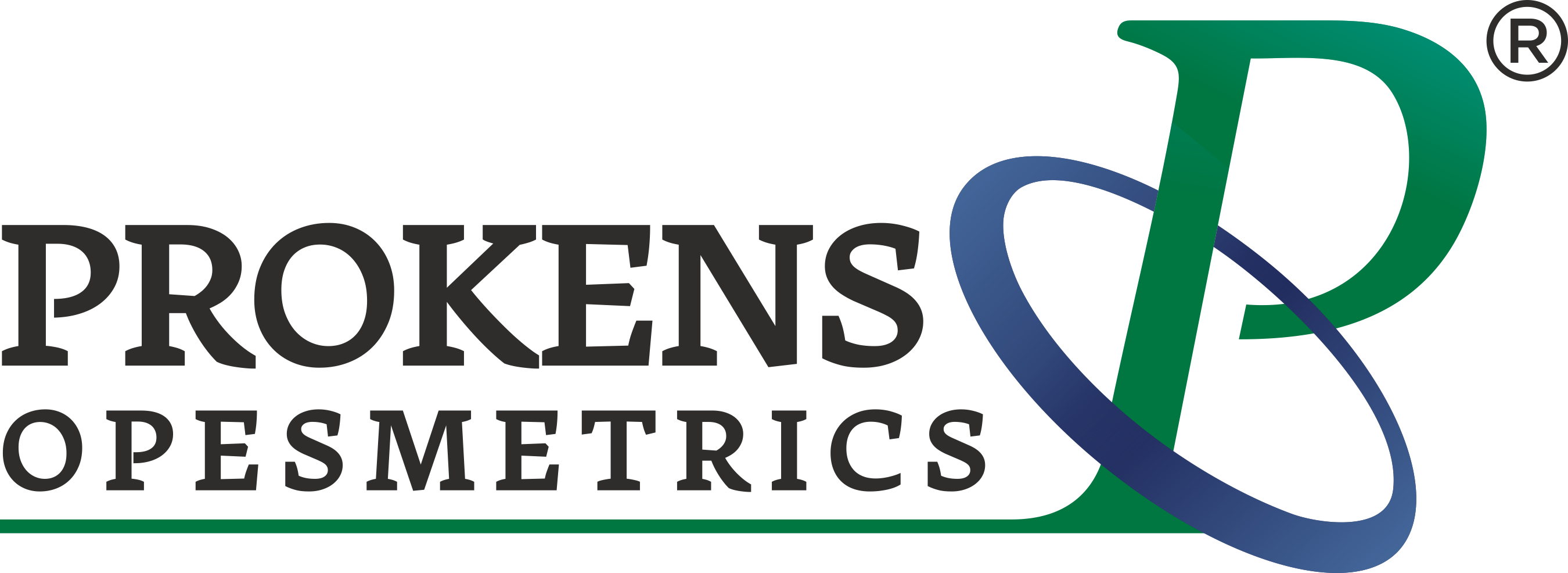What is Debt Mutual Fund! Types, feature and benefits of Debt Mutual Fund.
What is Debt Mutual Fund! Types, feature and benefits of Debt Mutual Fund.

What is a Debt Mutual Fund?
A debt mutual fund is a fund that pools money from multiple investors to invest primarily in a diversified portfolio of fixed-income securities. These securities can include government and corporate bonds, money market instruments, debentures, and other debt instruments issued by various entities.
Debt mutual funds aim to provide investors with a steady income stream and relatively lower risk than equity (stock) investments. The returns from debt funds primarily come from the interest earned on the underlying fixed-income securities. They are considered less volatile than equity funds because the value of fixed-income securities tends to be more stable, and the potential for capital appreciation is generally lower.
How do Debt Mutual funds work?
Investor Participation: Investors buy units of the debt mutual fund by investing a certain amount. Each unit represents a fraction of the overall fund.
Portfolio Construction: The fund managers and their team are responsible for constructing and managing the fund’s portfolio. They analyze various factors such as interest rate trends, credit ratings of bonds, the maturity profiles of the securities, macroeconomic indicators, and market conditions to determine the optimal composition of the fund’s holdings.
Investment in Securities: The fund manager invests the pooled capital in a diversified range of fixed-income securities, including government bonds, corporate bonds, money market instruments, debentures, and other debt instruments. The choice of securities depends on the fund’s investment objective and strategy.
Interest Income: The fund earns income as the underlying bonds and other debt instruments in the portfolio make interest payments. This interest income is one of the primary sources of returns for investors in the debt mutual fund.
Capital Appreciation: The prices of the underlying securities can fluctuate based on various factors, including changes in interest rates, credit ratings, and overall market sentiment. If the prices of the securities increase, the fund’s net asset value (NAV) per unit also increases, resulting in potential capital appreciation for investors.
Reinvestment: The interest income earned by the fund is often reinvested into the portfolio. This can further boost the fund’s returns over time.
Redemption: Investors can redeem (sell) their units from the debt mutual fund anytime. The redemption proceeds are based on the current NAV per unit of the fund.
NAV Calculation: The debt mutual fund’s Net Asset Value (NAV) is calculated daily. It represents the total value of the fund’s assets minus its liabilities, divided by the number of units outstanding. NAV per unit reflects the price at which investors can buy or sell units in the fund.
Expense Ratio: Investors pay a fee known as the expense ratio, which covers the fund’s operating expenses, including management fees, administrative costs, and distribution expenses. The expense ratio is expressed as a
Exit load:
Investors may have to pay a fee to the Exit Load mutual fund if they exit a scheme partially or wholly within a certain period from the date of investment, as specified in the Scheme Information Document. Some schemes do not charge any exit fee. Mutual funds charge exit load to discourage investors from redeeming before a specific period. This is done to protect the financial interest of all investors in the scheme, especially the ones who remain invested. Different mutual fund houses charge separate fees for various schemes as an exit load. The exit load fees are credited back to the NAV, and the staying back investors would benefit.
Critical features of debt mutual funds include:
Fixed-Income Instruments: Debt mutual funds invest in a diversified portfolio of debt securities issued by governments, corporations, and other entities. These instruments provide regular interest (coupon payments) and return the principal amount at maturity.
Lower Risk: Debt funds are generally considered less risky than equity funds because they invest in fixed-income securities with predetermined interest rates and repayment schedules. However, they are not entirely risk-free, as they are subject to interest rate, credit, and liquidity risks.
Various Categories: Debt mutual funds can be classified into different categories based on the underlying securities’ maturity profile and credit quality. Some common categories include liquid, ultra-short-term, short-term, long-term, and credit risk funds, among others.
Liquidity: Most debt mutual funds offer high liquidity, allowing investors to buy or sell their units anytime. However, certain funds may have exit loads (fees) if investors redeem their units before a specific holding period.
Tax Efficiency: Debt mutual funds are relatively tax-efficient compared to fixed deposits and other traditional fixed-income investments. They offer indexation benefits for long-term capital gains, which can help investors reduce their tax liabilities.
Professional Management: Debt mutual funds are managed by professional fund managers who make investment decisions based on their research and market analysis. The fund manager’s expertise is crucial in determining the fund’s performance.
Investors with a lower risk appetite or those seeking regular income may consider investing in debt mutual funds. However, evaluating the fund’s investment strategy, credit quality, expense ratio, and past performance is essential before making any investment decisions. As with any investment, consulting with a mutual fund distributor is advisable to determine if debt mutual funds align.
Types of Debt Mutual Funds
The Securities and Exchange Board of India (SEBI) has classified debt mutual funds into 16 categories based on their investment objectives, maturity profiles, and underlying assets. These categories were introduced as part of SEBI’s re-categorization and rationalization of mutual funds in 2017 to provide clarity and consistency for investors.
- Overnight Fund: which invests in very short-term money market instruments with a maturity of up to one business day. They are considered one of the safest mutual fund categories as they invest in highly liquid, low-risk money market instruments with very short maturities. The short duration minimizes the exposure to interest rate risk and credit risk.
- Liquid Fund: These funds invest in very short-term money market instruments with a maturity of up to 91 days. They are considered low-risk and highly liquid, making them suitable for parking surplus funds or meeting short-term cash needs.
- Ultra Short Duration Fund: These funds invest in fixed-income instruments with slightly longer maturities than liquid funds. Typically, Macaulay duration of the scheme is between three and six months.
- Low Duration Fund: These funds aim to provide investors with a balance between generating regular income and minimizing interest rate risk. The shorter maturity of the underlying securities means that these funds are less sensitive to fluctuations in interest rates compared to funds with longer-duration securities.
- Money Market Fund: These funds invest in money market instruments with a maximum maturity of 1 year. These funds are suitable for investors seeking low-risk debt securities for a short term.
- Short Duration Fund: These funds invest in debt securities with maturities ranging from 1 to 3 years. They provide a balance between generating better returns than liquid and ultra-short-term funds while maintaining a relatively low risk.
- Medium Duration Fund: These funds have a maturity profile of 3 to 5 years, aiming for moderate returns while taking on slightly higher interest rates and credit risks than short-term funds.
- Medium to Long Duration Fund: These funds invest in money market instruments and debt securities in a manner that the Macaulay duration of the scheme is between four and seven years.
- Long Duration Fund: These funds invest in securities with maturities greater than five years. They can potentially deliver higher returns but have higher interest rate risk and volatility.
- Dynamic Bond Fund: These funds can adjust the duration of their portfolio based on interest rate expectations and market conditions. The fund manager can actively switch between short-, medium-, and long-term securities to optimize returns.
- Corporate Bond Fund: These funds primarily invest in high-quality corporate bonds issued by companies. They aim to provide regular income with relatively lower risk than credit risk funds.
- Credit Risk Fund: These funds invest in lower-rated corporate bonds that offer higher yields and carry higher credit risk. Investors should be aware that such funds can be more volatile and sensitive to changes in the credit quality of their underlying securities.
- Banking & PSU Fund: These funds allocate 80% of their assets to bonds, debentures, and other fixed-income securities issued by PSUs (public sector undertakings) and banks. These funds aim to provide investors with relatively stable returns through investments in debt instruments considered somewhat safer due to the backing of banks and government-owned entities.
- Gilt Fund: These funds invest at least 80% of their investible corpus in government securities across varying maturities. These funds do not carry any credit risk. However, they are exposed to interest rate risk.
- Gilt Fund with 10-year constant duration: These schemes invest in government securities with a maturity of 10 years. Minimum investment in G-Secs -80 % of total assets such that the portfolio’s Macaulay duration equals ten years.
- Floater Fund: This type of debt mutual fund primarily invests 65% of its investible corpus in floating-rate securities. Floating-rate securities are debt instruments whose interest rates are adjustable or “floating” and are typically linked to a benchmark. The interest rates on these securities reset periodically (e.g., every 3, 6, or 12 months) based on changes in the benchmark or index, so these funds carry a low-interest rate risk.
Based on the investors’ needs, the regulator may approve newer categories or modify the features of existing ones.
Benefits of investing in Debt Mutual Funds
Debt mutual funds offer several benefits, making them a popular choice for many investors. Some of the key advantages of investing in debt mutual funds include:
Lower Risk: Debt mutual funds are generally considered less risky than equity mutual funds since they invest in fixed-income instruments like government bonds, corporate bonds, and money market securities. These instruments provide regular interest payments and return the principal amount at maturity, providing a degree of capital protection.
Stable Returns: Debt mutual funds aim to provide stable and predictable returns over time, making them suitable for investors who prioritize capital preservation and a regular income stream.
Diversification: Debt mutual funds hold a diversified portfolio of debt securities. This diversification helps reduce the impact of any bond’s default or credit risk on the overall fund performance.
Liquidity: Most debt mutual funds offer high liquidity, allowing investors to buy or sell their units anytime. This feature makes it easy for investors to access their funds when needed, especially compared to certain fixed-term deposits.
Tax Efficiency: Debt mutual funds are relatively tax-efficient compared to traditional fixed deposits, especially for investors in higher tax brackets. Long-term capital gains from debt funds (held for more than three years) are taxed at a lower rate with indexation benefits, potentially reducing tax liabilities.
Professional Management: Debt mutual funds are managed by professional fund managers with expertise in analyzing and selecting fixed-income securities. Their knowledge and experience can help optimize the fund’s performance.
Flexibility: Debt mutual funds come in various categories with different maturity profiles and risk levels. Investors can choose funds that align with their investment objectives and risk tolerance.
No Lock-in Period: Unlike other investment options like fixed deposits or PPF (Public Provident Fund), debt mutual funds generally do not have any lock-in periods, allowing investors to withdraw their funds when needed.
Potential for Capital Appreciation: While debt mutual funds focus on generating income, they can also benefit from capital appreciation if interest rates fall or credit quality improves, increasing bond prices.
It’s important to note that while debt mutual funds offer several benefits, they also have their risks and considerations. As with any investment, it’s essential to carefully assess your investment objectives, risk tolerance, and investment horizon before choosing a specific debt mutual fund. Consulting with a mutual fund distributor can help you make informed decisions tailored to your circumstances
Search
Categories
- Bonds & Fixed Deposits
- Insurance
- Mutual Funds
- "From Temptation to Triumph: A Guide to Smarter Investment Beyond Past Returns in Mutual Fund"
- Debt Mutual Fund
- Equity Mutual Fund
- How to earn good returns
- Liquid Mutual Fund
- Systematic Investment Plan (SIP) in Mutual Fund
- Systematic Transfer Plan (STP) in Mutual Fund
- Systematic Withdrawal Plan (SWP) in Mutual Funds
- Others
- PMS
- Stock Broking





